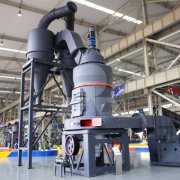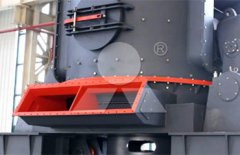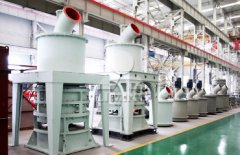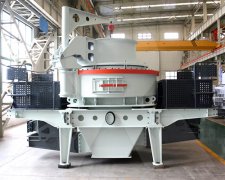Limestone desulfurization process in power plant
Limestone desulfurization is a process used to remove sulfur dioxide (SO2) from flue gases produced by power plants that burn fossil fuels, such as coal or oil. Sulfur dioxide is a major contributor to acid rain and other air pollution, and the desulfurization process helps to reduce these harmful emissions.
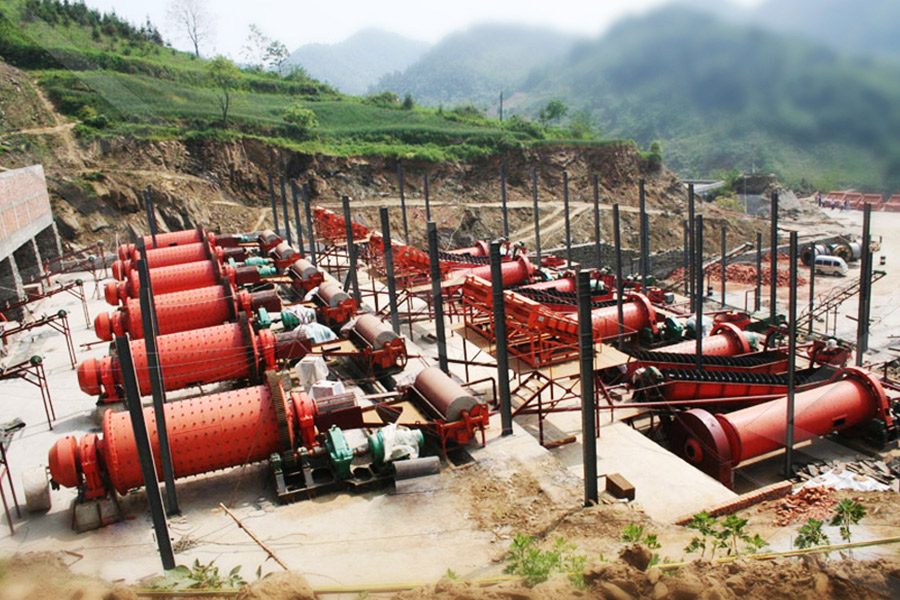

The limestone desulfurization process typically involves the following steps:
1.Grinding: The limestone is first ground into a fine powder using a ball mill or similar equipment.
2.Slurry preparation: The limestone powder is then mixed with water to form a slurry, which is typically around 30% solids.
3.Scrubbing: The flue gas is then passed through a scrubber, which contains the limestone slurry. The sulfur dioxide in the flue gas reacts with the calcium carbonate in the limestone to form calcium sulfite (CaSO3).
4.Oxidation: The calcium sulfite is then oxidized to form calcium sulfate (CaSO4), which is also known as gypsum. This reaction is typically achieved using air or oxygen.
5.Disposal: The gypsum can then be separated from the slurry and stored or disposed of as needed.
Limestone desulfurization can be a highly effective way to reduce sulfur dioxide emissions from power plants. The process is relatively simple and cost-effective, and it can be easily integrated into existing power plant infrastructure. However, it does require a steady supply of limestone and may produce waste products that require proper disposal.
Related project

